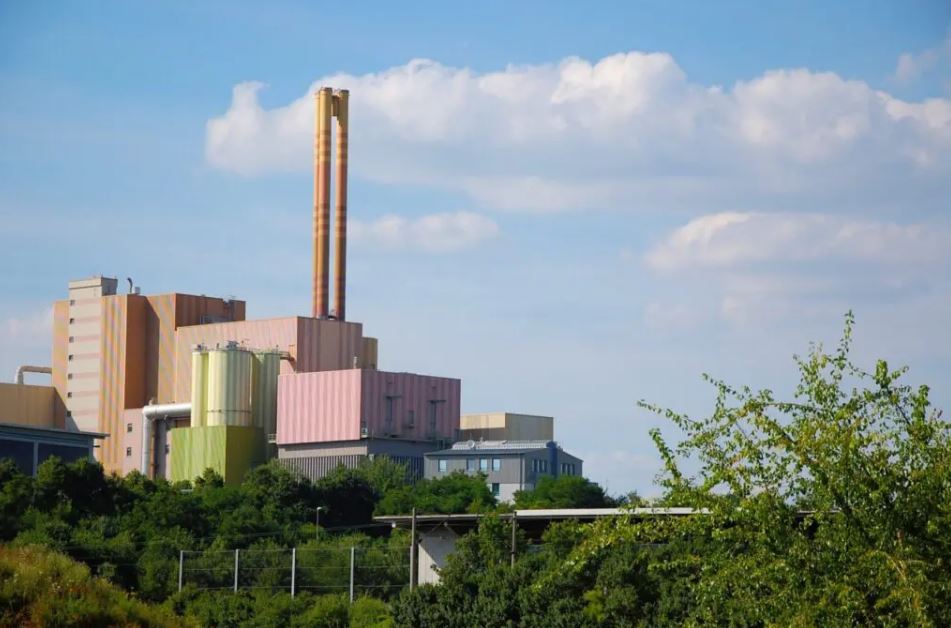 Add My Company
Add My Company
Sign In

For more information on Waste to Energy Power Plants: Navigating Continuous Emissions Monitoring Regulations talk to Codel International Ltd
Enquire Now
More News
List your company on FindTheNeedle.

